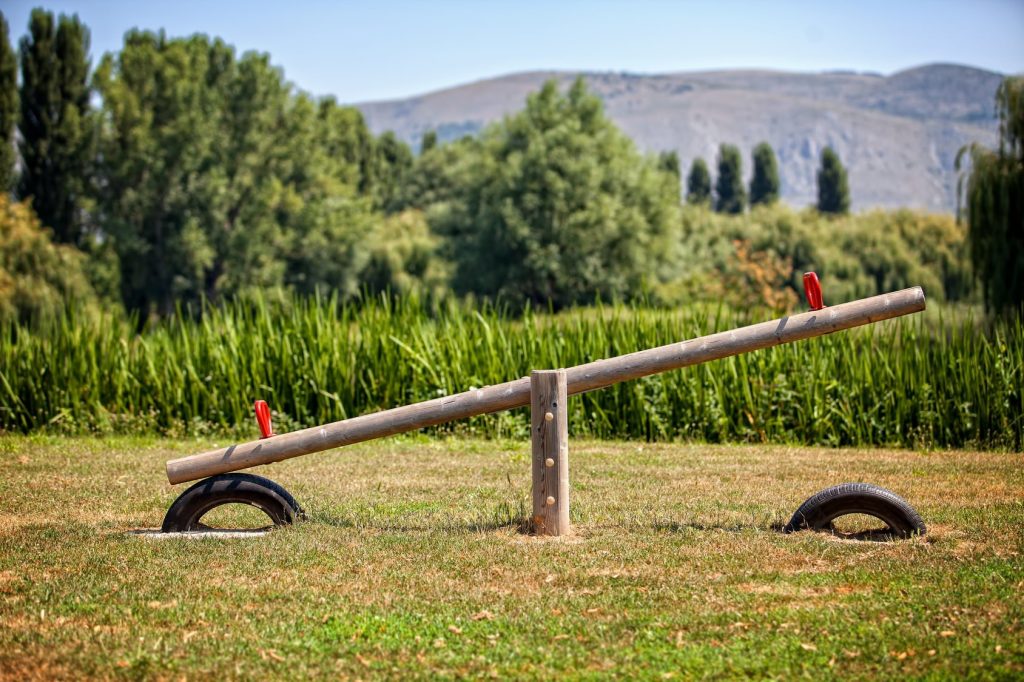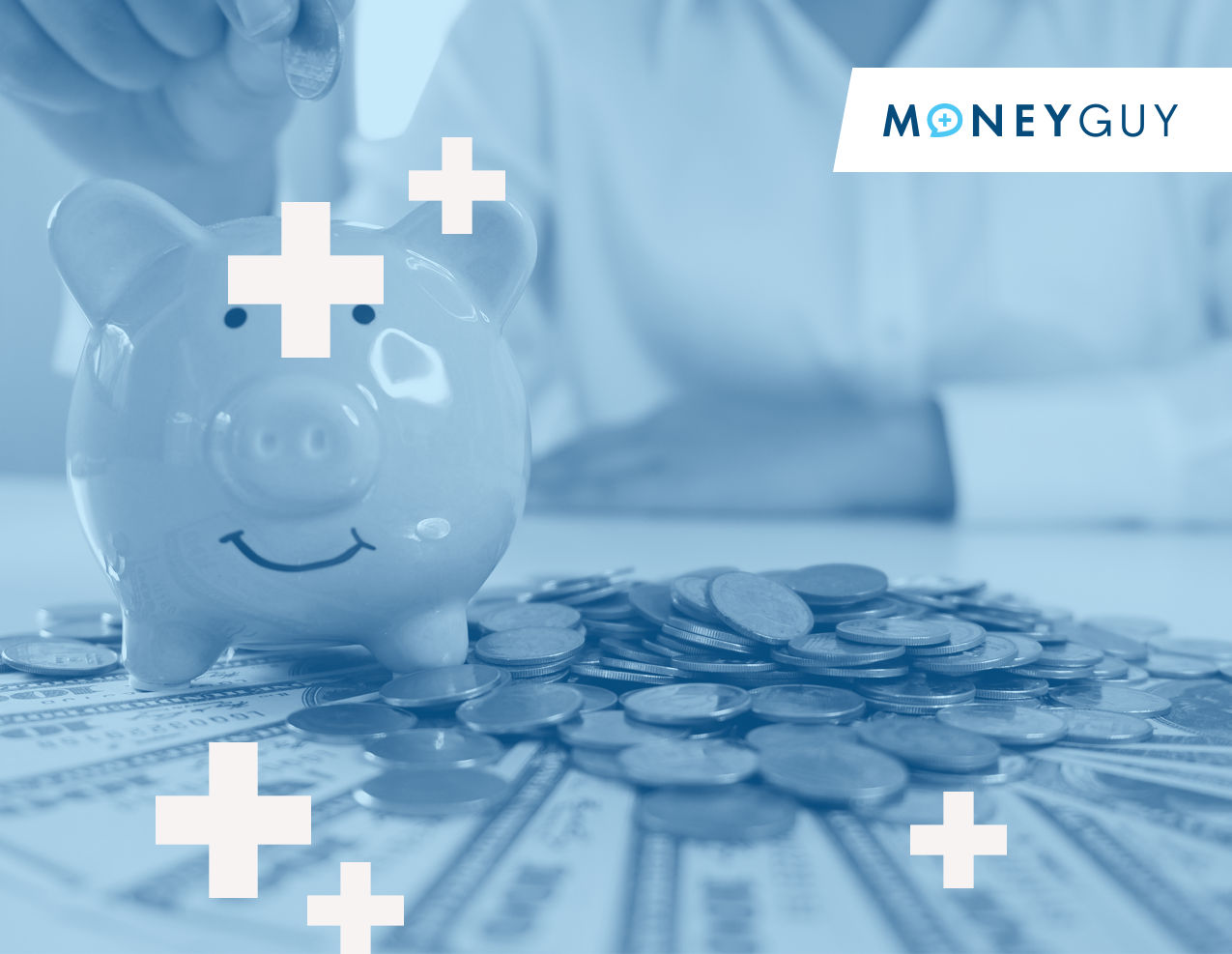In the investing world, risk and reward go hand in hand. The more risk you take on, the higher returns you can expect. And while the key to prudent investing is striking the right balance between appropriate risk and potential reward, many investors find themselves chasing returns to the detriment of their investment portfolio.
While all investments carry some degree of risk, it’s important that you understand the amount of risk you’re taking on and how that affects your overall portfolio if market conditions sour.
It’s not always about how your investments perform when the market is hot. In fact, it’s often more important how your investments perform when the market is down that truly defines the intrinsic value of your portfolio.
Are you guilty of taking on too much risk to achieve above-average returns? If so, here’s what you need to know about risk and the true return on your investments.
Understanding Risk
We’ve all been conditioned to think that “bigger is better” and nowhere does this axiom carry more truth than in the financial markets.
Perhaps it’s just human nature — an innate desire to want more than we currently have. But if history has taught us anything, it’s that change is inevitable. The inflated returns that you enjoy today could quickly vanish tomorrow.
Think back to mid-2006 through late 2007. It seemed that everyone was involved in the real estate market, at least in some capacity. From neighbors who were real estate developers, to teachers that worked part-time as real estate agents; it appeared that everyone wanted a piece of the white-hot market that just couldn’t lose.
That was, until it did. Big.
When we look back at the lessons learned from the Great Recession, we see that many people took on an unreasonable amount of risk — far more than they should have if they weren’t blinded by the potential for abnormally high returns.
The Hidden Risk in Your Portfolio
If we’re honest, we all want to minimize our risk as much as humanly possible, while taking advantage of every upswing in the market. The best of both worlds, right?
In theory yes. But in practice, it’s practically impossible.
Consider this hypothetical example: Let’s say you were given the choice to invest $100,000 in one of two funds. For illustrative purposes, we’ll get creative and call them Fund A and Fund B.
While reviewing the prospectus for Fund A, you notice that it historically beats the S&P by 2 – 3 percentage points in most years. A quick look over the prospectus of Fund B determines that, in most years, it falls short of the average return of the S&P — in some cases as much as 5 percentage points lower.
Which fund would you choose?
If you said Fund A, you’re in the majority. But as much as I hate to rain on your parade, you’re forgetting one of the most important variables when it comes to choosing an investment: how it performs when the market drops.
We’ve all met that guy at parties who brags about his “amazing” returns when the market was rolling. But try to find that same guy during a downturn and I’d bet you’d hear him singing a different tune.
After all, it’s not all about what you make, it’s what you keep that’s truly important.
Understanding Your Risk-Adjusted Return
It’s no different from the story of the Tortoise and the Hare. The hare gets off to a really fast start, but somewhere along the way gets tired and (spoiler alert) ends up losing to the tortoise that just keeps lumbering along — not doing anything too exciting, but staying consistent enough to win.
And this is how investing works on a risk-adjusted basis.
If you’re not familiar with risk-adjusted returns, it is a catch-all phrase that describes the metrics designed to reveal how much risk was taken to achieve a certain return. This calculation takes into consideration volatility, sensitivity to overall market moves, and other measures.
In the same way that the hare started strong but ultimately lost, investments in your portfolio that currently produce above average returns in the broad market may actually prove to be far less attractive when you consider their risk-adjusted return.
Evaluating Your Risk
Luckily, there’s a simple way to evaluate the relative risk in each of your investments and compare them against one another. Simply take the rate of return on one of your investment funds over a three, five, or ten-year basis. Divide that number by the same funds standard deviation.
The number you come up with is your relative risk ratio and you can use this number to compare to other mutual funds.
At this point some of you might be wondering, “what is the standard deviation?” The standard deviation means the variation of rates of returns.
Put simply, how much does it vary from year-over-year?
To give you an example using the previous illustration of Fund A and Fund B, let’s say the standard deviation on Fund B over the last three years is 11.29%. Assuming that the average return on this fund is 10%, that means that the return on this fund could vary anywhere from as high as 21.29%, to as low as 1.29%, each year on a three-year basis.
Now let’s compare this to Fund A. This fund has a 3-year standard deviation of 19.46%. So, again, if we’re assuming an average rate of return of 10%, you can see that on a good year we could potentially see results upwards of 29%.
But in a down market, you could see rates drop into the negative. These are the things that, as a prudent investor, you must pay attention to. If you want to earn big returns, you have to be able to stomach the losses when things are down.
While there is no way to create an effective buffer against market volatility, calculating your risk-adjusted return is one strategy that can provide you with the insight to select funds with the appropriate risk/reward ratio for your level of risk tolerance.
When it comes to investing for the long haul, remember slow and steady always wins the race. If you remain focused on your personal goals and objectives and not the allure of above-average returns, you’ll cross the finish line in no time.















